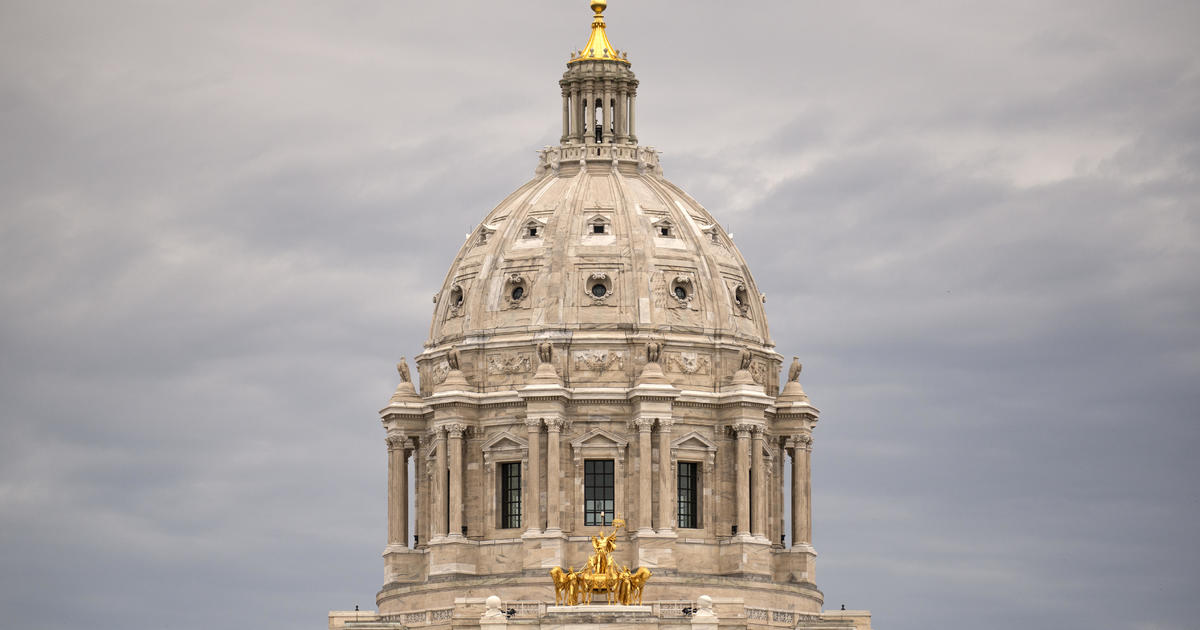Lawmakers Back Caregivers Seeking State Rate Bump
ST. PAUL, Minn. (AP) — Caregivers for the elderly and disabled scored a major victory Monday when lawmakers from both parties in the Minnesota House and Senate committed to a 5 percent state rate increase aimed at preserving quality care for more than 92,000 people.
The increased allowance, which totals $84 million a year and can go for cost-of-living raises for people delivering long-term care, is a centerpiece of budget proposals to distribute the remainder of Minnesota's $1.2 billion projected surplus. Lawmakers already devoted roughly half to tax relief and augmenting a state rainy-day account.
Entertaining thoughts of an early finish to the election-year session, legislative leaders say they'll press for floor votes later this week or early next week on each chamber's version. That would allow negotiators to work out budget differences before a planned break for Passover and Easter. Final decisions on large budget bills typically get pushed off until closer to the mandatory mid-May adjournment.
Senate Finance Committee Chairman Richard Cohen, DFL-St. Paul, said he expects final negotiations with his House counterparts to go quickly.
"You're going to have a lot of smaller differences, but on the broad strokes it's not dissimilar," Cohen said of the competing plans.
The rate boost for caregivers was a big breakthrough. House leaders raised the amount they dedicated to that purpose Monday after previously setting aside slightly less. The Senate has also included the full amount in its budget. Gov. Mark Dayton would support a 5 percent rate increase despite proposing 4 percent initially, his spokesman Matt Swenson said.
Advocates for the new spending say it's needed to assure competitive pay and reduce high turnover among the state's 90,000 personal caregivers for people served in home- or community-based setting rather than nursing homes.
"We are not going to take anything for granted, but it is positive momentum," said Steve Larson, co-chairman of the "5% Campaign" that held multiple Capitol rallies and pressed lawmakers to make caregivers and their clients a priority. "There was a lot of pent-up demand and interest in doing something."
The Senate bill also includes some extra assistance to nursing homes at risk of closure.
Aside from the health measures, there are areas where the House and Senate diverge.
The House bill would supply public schools with $75 million more after a big boost last spring. The bulk of that comes by adding 1 percent to a per-student allowance, which amounts to $58 per child.
"That gives districts the most flexibility. It gets out to all districts," said House Education Finance Committee Chairman Paul Marquart. Other pots of money would assist school districts serving children with a native language other than English and offset costs that schools have for Internet access.
The Senate plan contains less money overall and makes the biggest new investments in pre-kindergarten programs, particularly early childhood education scholarships for families who otherwise can't afford high-quality preschool.
Both the House and Senate say they aren't done with tax relief either, with each eyeing another $100 million in breaks for businesses, homeowners, farmers and others.
Still, Senate Minority Leader David Hann, R-Eden Prairie, said he finds the new spending "excessive" after the state's budget grew last spring.
"We should be working harder to get that money back into the hands of working Minnesotans who can use it to provide job opportunities or to help their own personal family economy rather than doing more spending on the state level," Hann said.
(© Copyright 2014 The Associated Press. All Rights Reserved. This material may not be published, broadcast, rewritten or redistributed.)



